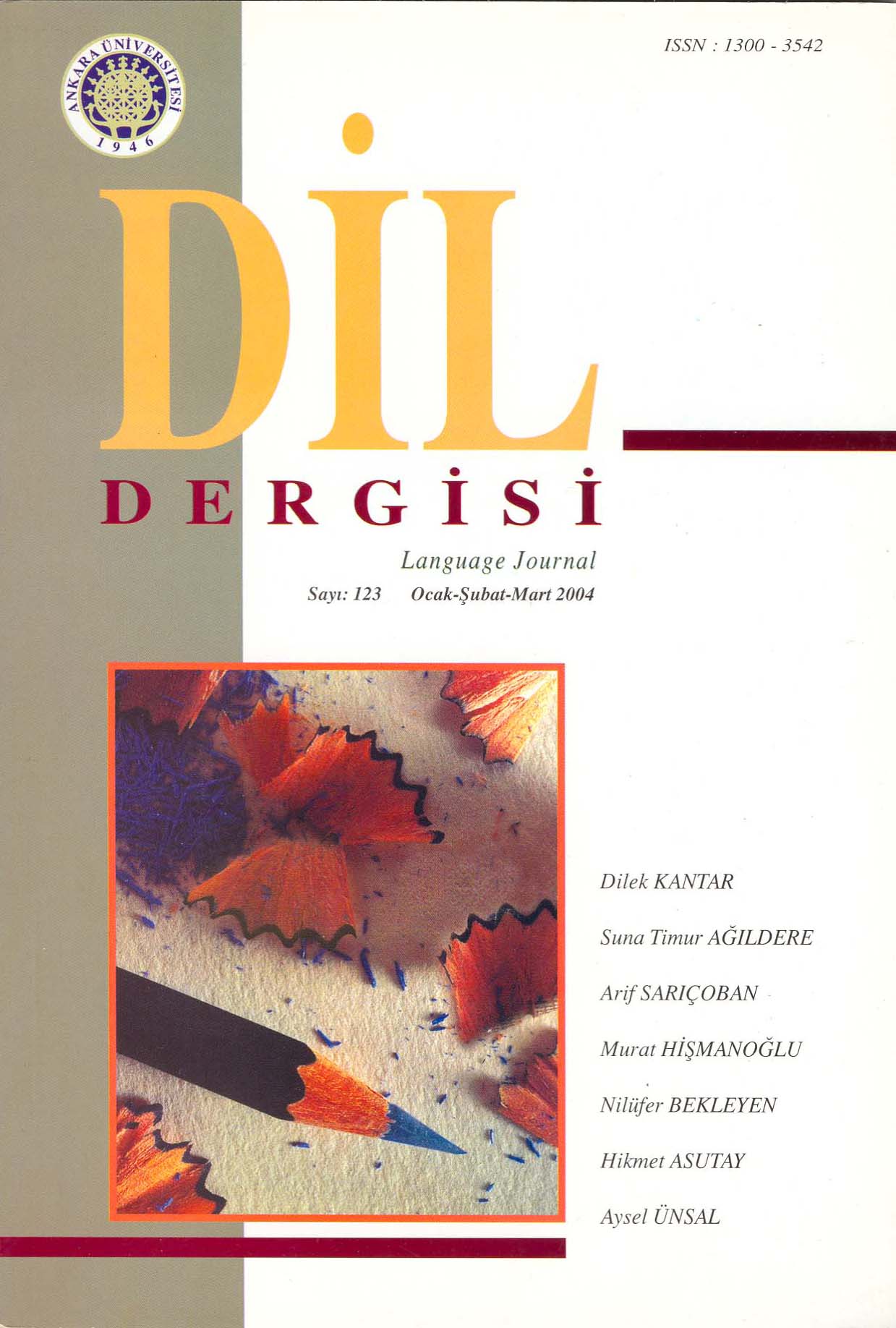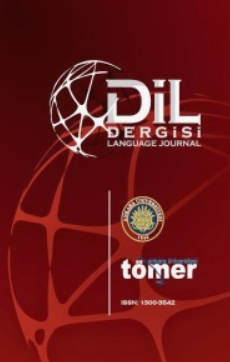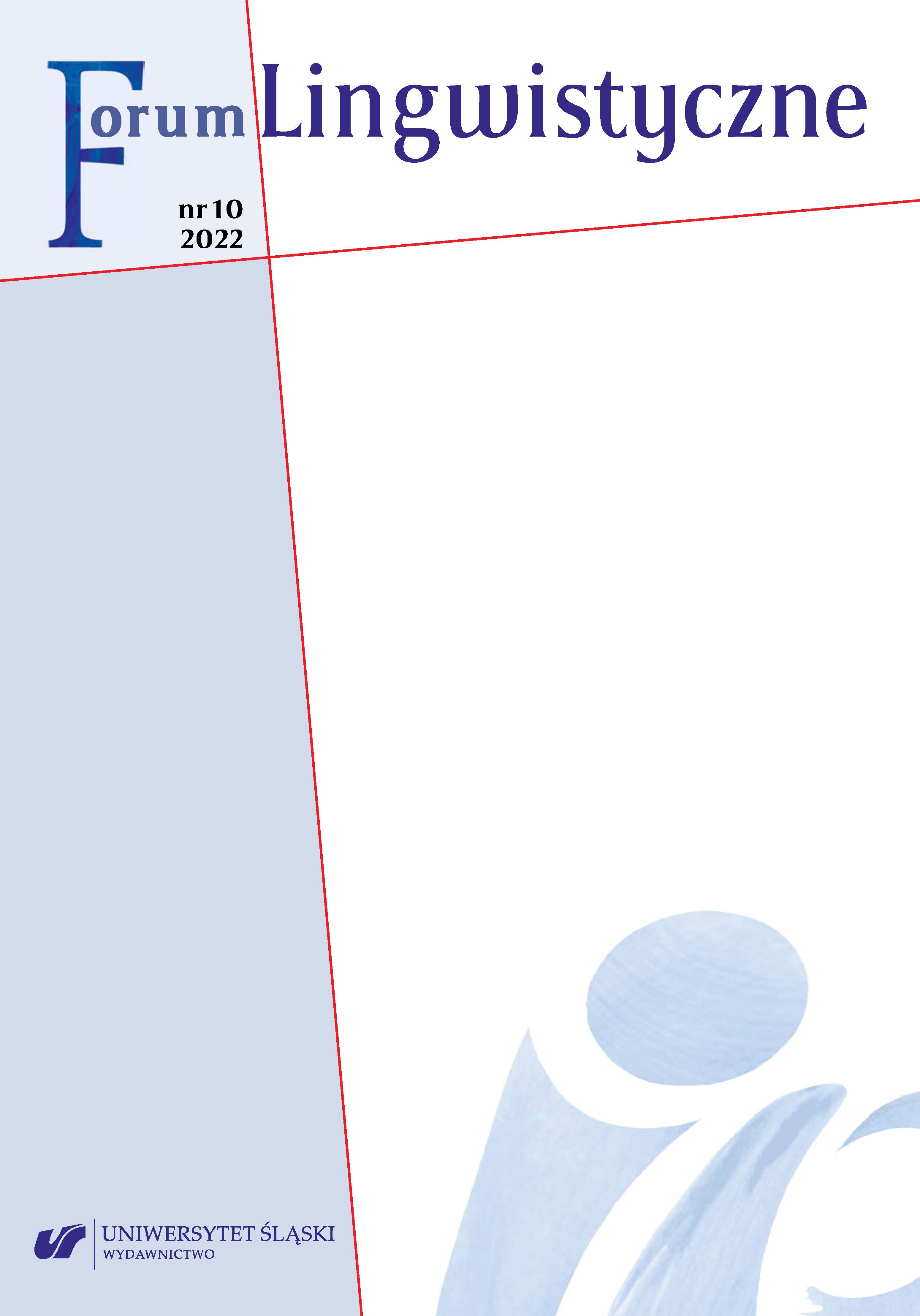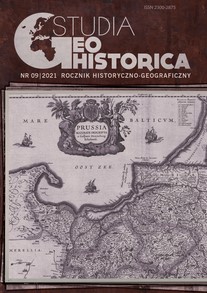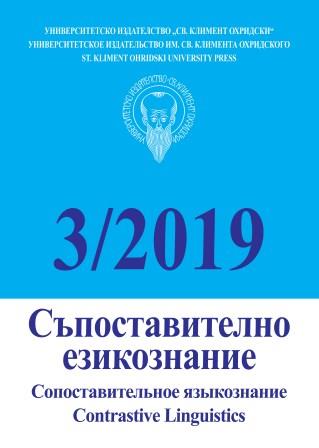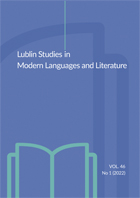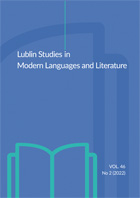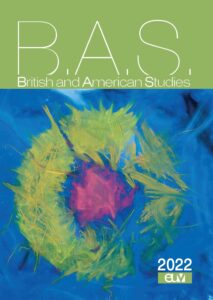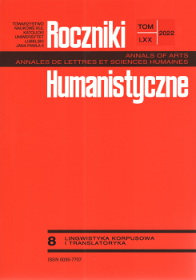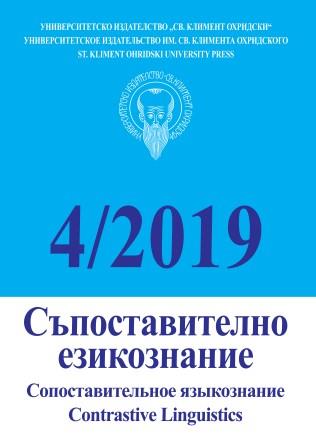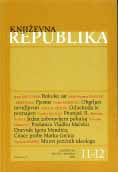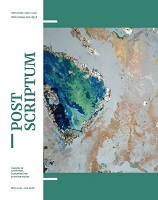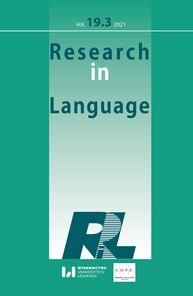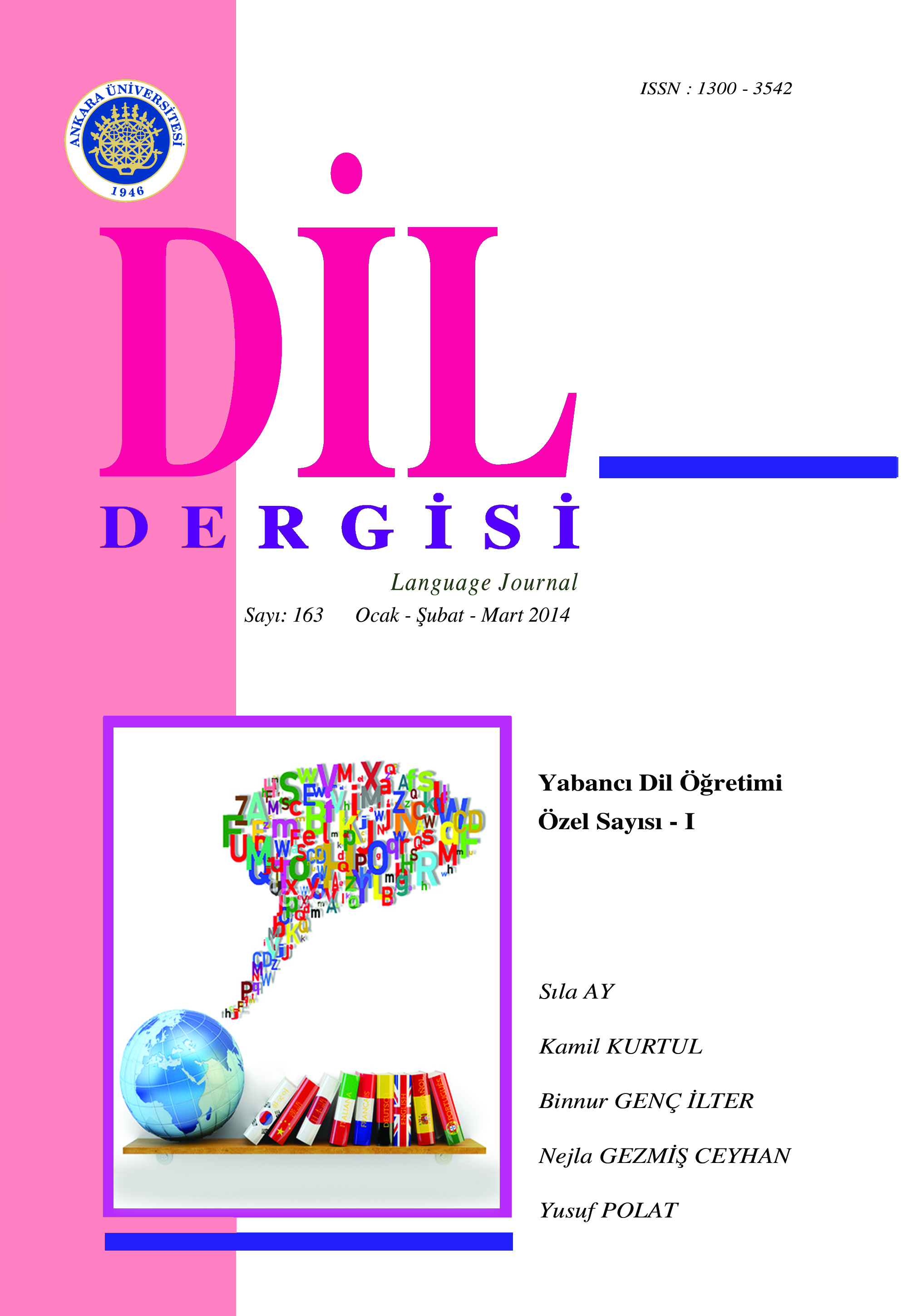
Fransızca Çevirmen Adayı Türk Öğrencilerin Öğrenme Stratejilerini Kullanma Düzeyleri
In this study developments from past to today and effective theories of the field were reviewed first with the help of a short literature review regarding the concepts such as learning, language learning, language acquisition and foreign language learning. Then cognitive, metacognitive and affective strategies were mentioned after reviewing the studies regarding the concept of general learning strategy. In the survey part of the study, we tried to define the level of learning strategy use for 59 students that study in the Department of French Translation and Interpreting with the help of scales. In addition to these 59 students, 33 students were asked to tell how they consider their learning level and to define the causes if they had difficulty in learning. After comparison of the data, students were classified into three categories including “students with success”, “students with limited success” and “students with having difficulty in learning”. Then, these students were examined to understand whether there was a relationship between these success levels and level of strategy use. Although the study showed that cognitive and metacognitive strategy levels of the students with success were higher than others, we also gained findings showing that there was not a relationship between level of social affective strategy use and level of success. There is parallelism between the data obtained from the items of the survey with which the students within the categories “limited success” and “having difficulty” evaluate their success levels and level of strategy use except for level of social affective strategy use.
More...
